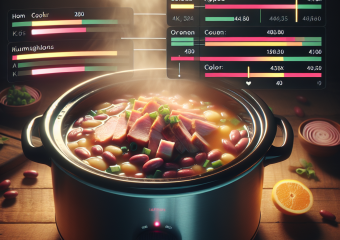The Facts About Protein Nutrition – Progressive Grocer

Retail dietitians can guide shoppers toward nutritious protein choices throughout the aisles, educate them on protein requirements and healthful eating patterns, and introduce them to new protein foods.
For years, consumer interest in protein has remained strong, driven mainly by a desire to eat healthfully, and fueled by the popularity of high-protein and plant-based diets. To inform your protein promotions, here are some facts about protein nutrition and a look at shoppers’ protein views and eating patterns.

A Quick Protein Primer
Protein is found in a wide array of foods, with the richest sources being animal foods such as meat, poultry, seafood, eggs and dairy products, and plant foods such as beans, peas, lentils, nuts, seeds and soy products (e.g., tofu, tempeh, edamame and soy milk). Smaller amounts are found in grains and vegetables. The body needs protein to build and maintain healthy bones, muscles, cartilage, skin and blood; repair cells; and manufacture enzymes, hormones and vitamins. Protein also helps promote a feeling of satiety when we eat.
[PODCAST: Bringing Health & Well-Being to the Grocery Aisle]
Animal foods, as well as soy and quinoa, supply all of the essential amino acids the body needs to build proteins, but most plant foods are missing one or more essential amino acids. However, eating a wide variety of plant foods throughout the day should supply the essential amino acids that the body needs.
Generally, Americans eat enough protein, but are advised to choose less meat, leaner cuts of meat and poultry, and more seafood and plant-based proteins, according to the 2020-25 Dietary Guidelines for Americans. The goal is to reduce saturated fat and increase the variety of nutrients consumed from protein foods.






